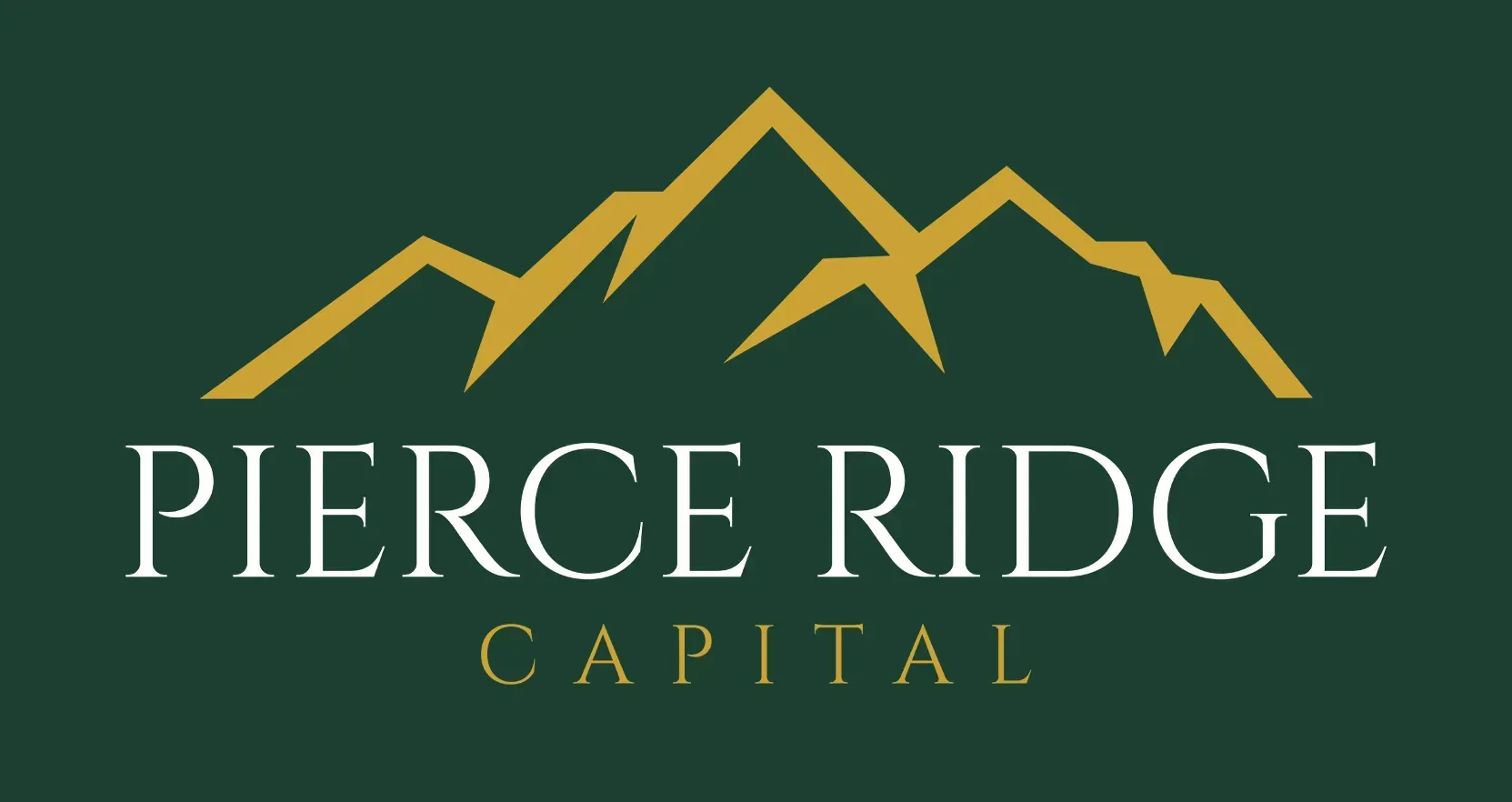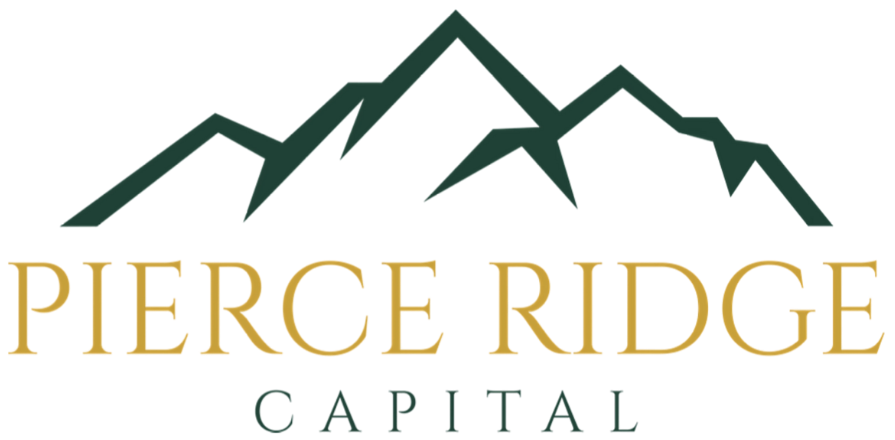How to Finance a Business Acquisition Without Tapping All Your Cash
From Boutique M&A Advisory Firm Pierce Ridge Capital
Buying a business can be a smart move—but draining your cash reserves to get there? That’s not always the smartest way to do it.
At Pierce Ridge Capital, a Connecticut-based boutique M&A advisory firm, we work with clients across the country who want to acquire businesses strategically—and that includes financing deals in a way that preserves liquidity, minimizes risk, and creates room for post-close growth.
Our CEO, Shamus O'Rourke, spent over two decades advising high-net-worth and corporate clients at Merrill Lynch and Morgan Stanley. That experience taught us this: capital is a tool, not something to burn through. The best deals are structured—not just funded.
Here’s how savvy buyers finance acquisitions without tying up all their cash.

1. Use Seller Financing to Create Leverage
In many private deals, sellers are open to financing a portion of the transaction. Why?
- It signals their confidence in the business’s continued success
- It creates alignment between buyer and seller
- It allows for more flexible deal terms and smoother negotiations
Seller notes can help bridge valuation gaps or reduce your upfront cash burden. We regularly structure deals with 10%–30% seller financing as part of the capital stack.
2. SBA Loans Offer Affordable Leverage (If You Qualify)
The U.S. Small Business Administration (SBA) offers acquisition-friendly loan programs that can fund up to 90% of a business purchase. Key benefits:
- Lower down payments (typically 10%)
- Long-term fixed or variable interest rates
- No balloon payments or early payoff penalties
We help clients determine SBA eligibility, navigate the paperwork, and coordinate with lenders—because while SBA funding is powerful, it’s also bureaucratic.
3. Bring in Equity Partners or Investors
If the deal size is larger than your available capital—or you want to limit personal exposure—equity partnerships can fill the gap. Options include:
- Silent investors
- Strategic partners
- Minority private equity
Your choice depends on how much control you want to keep and how involved your investors expect to be post-close. We’ve worked with clients to structure deals that balance equity input with long-term ownership goals.
4. Use Earnouts to Reduce Upfront Risk
An earnout is when part of the purchase price is tied to future business performance. Benefits include:
- Lower upfront capital requirement
- Risk sharing between buyer and seller
- Flexibility if current performance doesn’t justify full asking price
Shamus’s experience managing outcomes for high-stakes clients taught us that earnouts are only useful when structured clearly—with defined metrics, timelines, and payment terms.
5. Consider Mezzanine or Revenue-Based Financing
For buyers with strong financials but limited equity, alternative lending options may include:
- Mezzanine financing – subordinated debt with equity-like risk/reward
- Revenue-based financing – repayment tied to cash flow, not fixed terms
These are less common than SBA or traditional bank loans, but in the right deal, they can unlock access to capital without giving up equity or over-leveraging personally.
6. Keep Cash for Growth, Not Just the Purchase
The biggest mistake we see? Buyers spending all their cash to buy the business—then having nothing left to invest in it.
Smart acquisition financing ensures you have capital available for:
- Hiring or retention bonuses
- Marketing or system upgrades
- Inventory or working capital needs
- Unexpected post-close expenses
At Pierce Ridge Capital, we help clients model cash flow needs after the deal closes, not just before.
7. Structure the Capital Stack—Don’t Just Fill It
Financing an acquisition isn’t about finding money—it’s about structuring it strategically. The ideal capital stack often includes a blend of:
- Equity (cash or investor capital)
- Debt (bank, SBA, or alternative lenders)
- Seller financing
- Earnouts or deferred payments
We build these models with clients to match the deal’s risk profile, growth potential, and personal financial goals.
Why Thoughtful Financing Is Part of a Smart Acquisition Strategy
Too many buyers focus on how much a business costs—not how they’ll pay for it in a way that protects the business and their own liquidity. At Pierce Ridge Capital, we treat capital as a strategic asset—not just a funding source.
Our background advising wealth management clients taught us how to balance opportunity and risk, especially when large capital moves are involved. We apply that same discipline to every deal we advise on.
Final Thought: Don’t Just Buy the Business—Buy It Smart
You don’t need to tie up all your personal capital to make a strong acquisition. You just need a plan.
At Pierce Ridge Capital, we help entrepreneurs, operators, and acquirers evaluate deal structures, navigate financing options, and close with confidence. From SBA loans to seller notes to strategic partners, we guide you through the full picture—not just the price tag.
Pierce Ridge Capital
Boutique M&A Advisory | Based in Connecticut | Trusted by Buyers Nationwide








